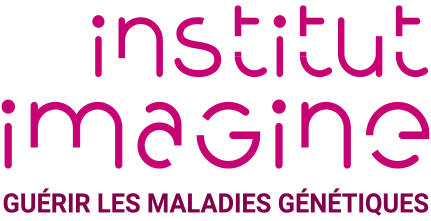Chromosomal Translocation Formation Is Sufficient to Produce Fusion Circular RNAs Specific to Patient Tumor Cells.
Babin L, Piganeau M, Renouf B, Lamribet K, Thirant C, Deriano L, Mercher T, Giovannangeli C, Brunet EC.
Source :
iScience
2019 nov 20
Pmid / DOI:
30240643
Abstract
Circular RNAs constitute a unique class of RNAs whose precise functions remain to be elucidated. In particular, cancer-associated chromosomal translocations can give rise to fusion circular RNAs that play a role in leukemia progression. However, how and when fusion circular RNAs are formed and whether they are being selected in cancer cells remains unknown. Here, we used CRISPR/Cas9 to generate physiological translocation models of NPM1-ALK fusion gene. We showed that, in addition to generating fusion proteins and activating specific oncogenic pathways, chromosomal translocation induced by CRISPR/Cas9 led to the formation of de novo fusion circular RNAs. Specifically, we could recover different classes of circular RNAs composed of different circularization junctions, mainly back-spliced species. In addition, we identified fusion circular RNAs identical to those found in related patient tumor cells providing evidence that fusion circular RNAs arise early after chromosomal formation and are not just a consequence of the oncogenesis process.
